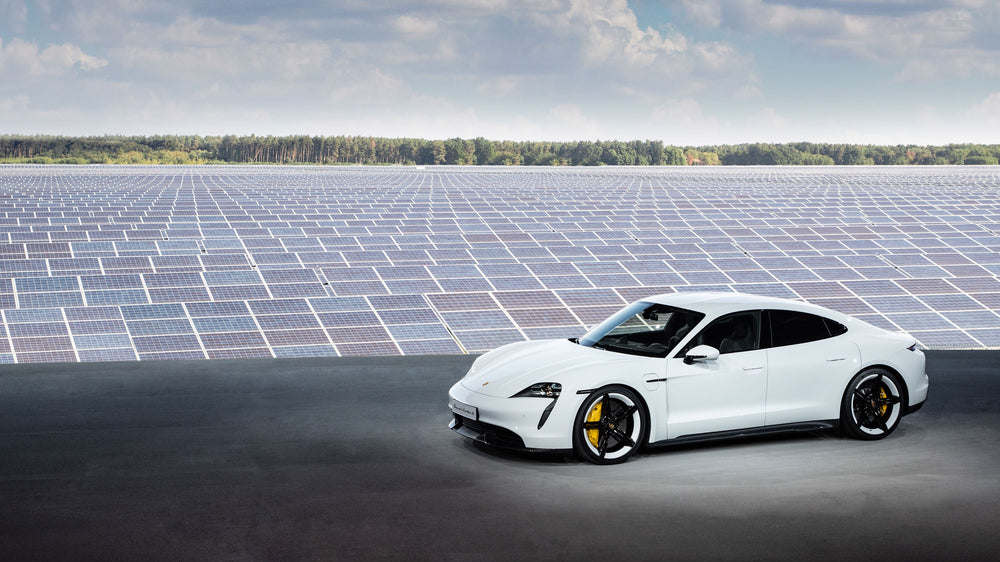Case in point, the available 750hp in the Turbo S will make it among the most powerful four-door production cars on the market, it has the world's first multi-speed (read: two) transmission for an all-electric passenger car, and the Taycan line's novel and industry-first 800-volt battery system allows it to charge faster than the current EV crop.




There's also the more subjective measure of how the thing looks. It sits squarely in the futuristic camp, but it hasn't gotten there with gimmicks like inlaid oak leaf motifs and recycled cardboard interior trim (though the Taycan does have an option for a leather-less interior with seats made from a material called Porsche Race Tex). While most EVs on the market are immediately identifiable as such (and for better or worse, they are hardly ever masculine looking), the Taycan could easily be imagined as a next-gen Panamera if it housed a traditional powertrain.
And as for its Tesla-fighter status that everyone is keen to highlight, this car should make Musk more than nervous despite the facts that Tesla still handily wins on paper: the Model S Performance is faster to 62 than the top-spec Taycan Turbo S (a Porsche-reported 2.6s to the Tesla's 2.4s), it's much cheaper (the Turbo S starts at $186k while the Model S Performance starts under $100k), and it's capable of more range per charge (roughly 370 miles in the Model S Performance to the Taycan Turbo S's 260).
The thing is, even though facts and figures should theoretically reign supreme when measuring the appeal of electric cars, these are still cars. Emotions often beat logic, and there are no numbers that describe what it feels like to get inside and shut the door (speaking of, have you ever seen a Model X gullwing door with even panel gaps?). I'd argue that people buy Teslas today for the cachet of owning something unique and separate from the rest of traffic at least as much as they do for the purpose of whale-saving. Up until now, Tesla was unique in its ability to produce cars that conferred environmentaland stylistic bragging rights on their owners, but it will have to share that space now. Price? Well, spending more for the sake of spending more is a form of status as old as puka shell currency.





The comparisons to Tesla break down even further when it comes to driver involvement. Nobody is saying a Tesla isn't a good sports sedan (they trounce M3s these days), but does Tesla know how to tune a chassis and as well as a company that's won Le Mans 19 times? Probably not.
Porsche, on the other hand, happens to know a few things about making cars that people love to drive for the hell of it, and whereas the Teslas are packed with features that take your feet, hands, eyes, and—excuse the melodrama—soul out of the experience, Porsche is committed to the notion that its drivers aren't so interested in replicating the experience of a ride on a train. The Taycans are still driver-focused machines, and Porsche is adamant that they will continue the company's history of high-performance road cars even as they move away from their roots.






The Turbo and Turbo S—of course, neither has a turbocharger, these denominations are apparently trim levels instead of descriptors now—will be joined by cheaper Taycan models down the line, as well as more lateral options like the more rugged (or at least more rugged-looking) Taycan Cross Turismo, which is slated to join the lineup late next year.
The Turbo will start at around $150k, while the Turbo S will begin at $186k as mentioned. Porsche says both are ready to be ordered now, and deliveries will begin at the end of the year.


























































